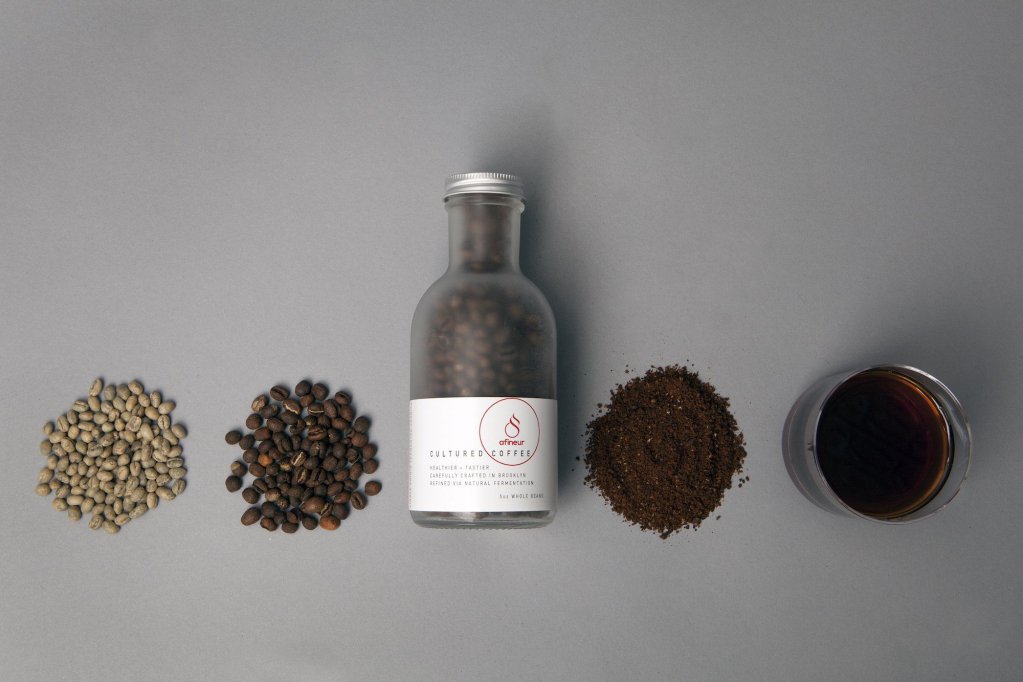It hardly seems possible, but the process for creating the 2020 edition of the federal government’s Dietary Guidelines for Americans (DGA) is already in full swing. The National Academy of Sciences, Engineering, and Medicine (NAS) has released a prepublication version (basically the final draft minus a bit of proofreading) of the first of two reports on how to improve the guidelines. The DGA is an important document that shapes virtually all food-related policy, so it’s worth paying attention to the process through which it’s generated.
Certainly Congress thinks so. When the most recent DGA was published in 2015, it attracted an unusual amount of criticism, including a challenging essay in the British Medical Journal by journalist Nina Teicholz, who made the case that the guidelines were too tied to established biases—including commercial biases—and that the authors had paid insufficient attention to recent developments in dietary science. Among other things, Teicholz argued that current research had largely overturned old prohibitions against dietary fat (the subject of her recent book The Big Fat Surprise) and had shown the merits of a low-carbohydrate diet—points that the guidelines seemed to completely overlook.
Congress responded to the controversy by asking NAS to investigate how the Dietary Guidelines Advisory Committee (DGAC), the group that reports to the secretaries of Health and Human Services (HHS) and the United States Department of Agriculture (USDA) on the current state of nutrition science, is selected, and how the selection process could be rejiggered to provide more transparency, eliminate bias, and include a wider range of viewpoints. It also asked for information on how the Nutrition Evidence Library, the official repository that the guidelines are supposed to be drawn from, is compiled and used and how systematic reviews are conducted on longstanding advisory committee recommendations. Finally, it asked for advice on the key question: how the guidelines can do a better job in preventing disease and ensure an adequate diet for all Americans regardless of factors like age, gender, and metabolic health.
The just-released report addresses only the first of these questions—answers to the rest are coming later. But it offers many signs that the NAS gets the issues and is taking a thoughtful, thorough approach to them.
The report makes several concrete recommendations on selecting the advisory committee. It is refreshing to delve into fine print that reflects committed minds and clear thinking. Here is a sample for you to enjoy:
- Have nominees for the board vetted by an independent outside organization—maybe a not-for-profit or a consultant. Today, the secretaries of HHS and USDA are responsible both for the initial screen and for the selection of the final candidates. The NAS committee proposes a more robust process: “A neutral, unbiased arbiter should evaluate candidates’ nomination packages and qualifications, identify other candidates as necessary, interview promising candidates, provide an initial cursory review of biases and conflicts of interest, and submit a slate of primary and alternate nominees for consideration by the secretaries of USDA and HHS. With its experience in the field, USDA and HHS could still be responsible for balancing the final advisory committee and appointing members.”
- Build more opportunity for public comment into the selection process. Today, the report says, the only real chance for public comment is during the call for nominations. That should change, and there should be a formal comment period after the selection of the short list of candidates but before selection of the final advisory committee. (On the other hand, the NAS group acknowledges that it’s important in these contentious times to have some way to protect candidates from being overwhelmed by ad hominem attacks, which would tend to discourage qualified people from allowing their names to be considered for the job.)
- Have a more sophisticated program for managing conflict of interest. Specifically: “Creating and publicly posting a policy and form to explicitly disclose financial and nonfinancial biases and conflicts; developing a management plan for addressing biases and conflicts for the panel as a whole and individuals, as needed; certifying that a federal ethics officer independently reviewed and judged the advisory committee’s biases and conflicts of interest; and by documenting how conflicts of interest were managed in the Dietary Guidelines Advisory Committee report.
The material on conflict of interest is especially solid and interesting. The NAS group takes an extremely realistic position, acknowledging that conflict of interest isn’t just financial, that the evidence on how research funding affects the behavior of academics isn’t as clear as one would like, and that expertise—something that’s needed in a project like the DGA—itself constitutes a type of bias that is not only nearly unavoidable but actively necessary. The recommendations on how to achieve transparency seem sound and reasonable.
None of this, of course, means that you’re going to like or approve of the 2020 DGA. Processes can be overturned by the malice, indifference, or incompetence of the people who put them into practice. (You may be able to think of some relevant current examples.) The current climate doesn’t do much to encourage nuanced judgments on the quality of public decision making. (Ditto.) And even the first installment of the NAS report makes it clear that there are some potential time bombs waiting down the road: There’s a case to be made that the 2015 DGA didn’t make sufficient use of the Nutrition Evidence Library and that it oversimplified the advisory committee’s recommendations. And with 2020 scheduled to be the year when separate recommendations for pregnant women and infants are added to the guidelines, there probably won’t be time or bandwidth to address the important question of whether the advisory committee should be selected with an eye toward answering specific questions or the committee should be the entity that determines which questions get raised.
All in all, NAS has made what seems to be a satisfactory beginning on its task. But here’s the weird thing. As I read through the recommendations—more than 100 pages of nuances, explanations, footnotes, and reservations — I was overwhelmed by a kind of nostalgia. I’m not big on bureaucracy, and I’ve learned to fret about cumbersome processes, but seeing a dozen smart folks wrestle conscientiously with the mechanics of decision-making—acknowledging problems, worrying about credibility and transparency, recognizing the necessity for achieving consensus, and managing human frailty—was kind of a jolt. Right, I thought. This is what the business of governing is supposed to be like. It doesn’t always work. I certainly don’t always agree with the results. But it makes you realize how much we’ve lost now that shouting is the last tool left in the box. Apparently some folks still understand the art of governing. May they prosper. May we all.











